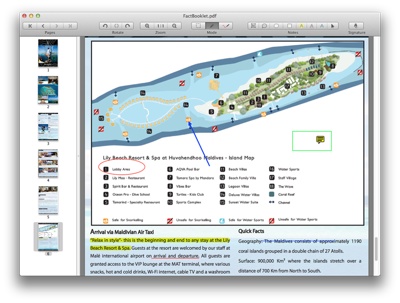The highest performance, expandable, directly attached storage can be achieved at low cost by moving the server or work station’s PCI bus “outside” and taking advantage of the benefits of the architecture when adding storage subsystems as needed, according to JRM (http://www.jmr.com/), which specializes in storage technology.
JRM — which has written a white paper (attached) on the subject — says that to make use of high performance, high capacity, low cost SAS3 and SATA disk drives for mass storage, a bridging interface is required from PCI Express (PCIe) to SAS.
PCIe (Peripheral Component Interconnect Express) is a serial connection that operates more like a network than a bus. Instead of one bus that handles data from multiple sources, PCIe has a switch that controls several point-to-point serial connections.
SAS (Serial Attached SCSI) is a computer bus that moves data to and from computer storage devices such as hard drives and tape drives. combines high-end features from fiber channel (such as multi-initiator support and full duplex communication) and the physical interface leveraged from SATA (for better compatibility and investment protection), with the performance, reliability and ease of use of traditional SCSI technology.




